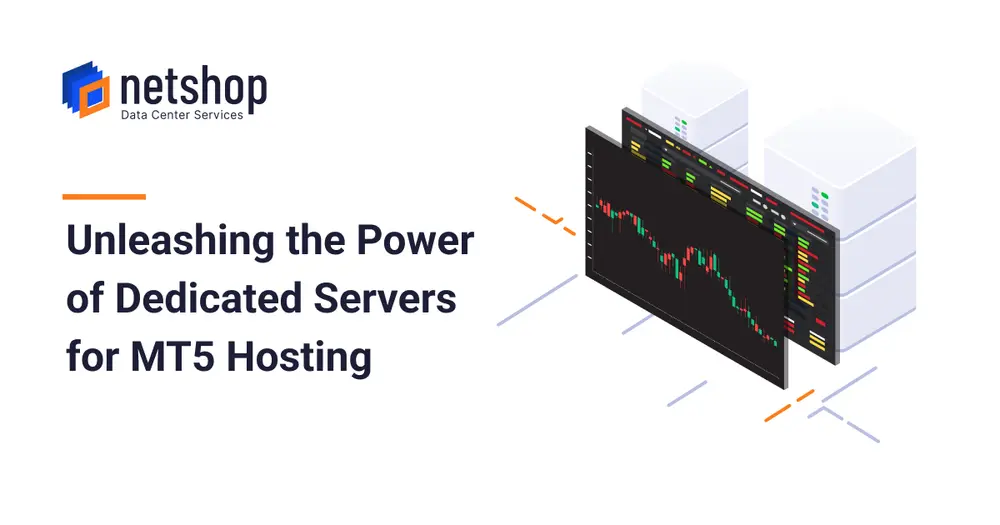Often referred to as the future of television, the past decade has seen IPTV advance rapidly, with sources indicating that the market is set to grow another 17% within the next five years. The IPTV industry is currently worth billions, and its value is only forecasted to continue steadily rising – so in this article we’ll break down what exactly IPTV is, how it works, and why it’s so popular.
What is IPTV
The expeditious evolution of technology is apparent, so it comes as no surprise that this has coincided with the way that we watch television. Gone are the days where viewers ran frantically to their TV sets so as not to miss their favorite shows, and one of the main reasons for that is IPTV.
In a nutshell, Internet Protocol Television (IPTV) is video content streamed directly via the internet. Unlike traditional television, IPTV delivers media solely over the internet without the need for satellite dishes, antennas or any other installation on the viewer’s behalf.
Although the terms IPTV and OTT are often used interchangeably, the two shouldn’t be confused. Over-the-top (OTT) media streaming and IPTV have some stark differences, although both deliver content via an internet connection. IPTV content is served over a privately-managed network, whereas OTT streaming is delivered over an unmanaged network.
Why is IPTV so popular
IPTV quite simply caters to the modern viewer by enabling a flexible and easily accessible viewing experience without compromising on the quality of content provided. IPTV is made up of three main formats; Video-on-demand (VOD), Live TV and Time-Shifted TV, unlike OTT streaming services which only offer VOD, like Netflix for example.
By combining traditional TV services with VOD streaming that are accessible through multiple devices, IPTV offers an ultimate viewing experience that’s proving extremely popular amongst an ever-growing audience. IPTV is also commonly used by businesses, especially within the hospitality industry, as a way to provide their guests’ entertainment whilst also being customizable to upsell other services and amenities.
How does IPTV work
As the name suggests, IPTV uses Internet Protocol (IP) to serve media to viewers, but let’s break down how exactly the content is sent to viewing devices. There are two different types of architecture models behind IPTV – centralized and distributed.
The centralized architecture model is where all content is stored in one centralized server, which is ideal for small VOD content. The distributed model, on the other hand, is a little more complex and entails content being distributed to various nodes within a network.
Regardless, the media, whether live or prerecorded, first needs to be transcoded in order to be adaptable to multiple formats that are supported by whichever device the viewer is watching on. By compressing the video, transfer speed and quality is improved without putting a strain on the bandwidth.
If the viewer selects VOD content, a request is sent to the server and all of the relevant files which make up that specific page are sent to the client with minimal delay – or buffering. This process is known as IP unicasting.
IP multicasting, or live streaming, is when the data leaves the server just once but is sent out to many different destinations simultaneously. In this case, delays in transmission are a lot more likely so IPTV providers tend to deploy content delivery networks (CDNs).
Ultimately, by utilizing an Internet Service Provider’s strong infrastructure, Content Providers are able to effectively deliver their content to a worldwide audience.
Media Streaming Hosting Solutions with NetShop ISP
With infrastructure strategically located in global destinations, we have both the capacity and expertise to help you build a successful streaming business, with the potential to reach a worldwide audience. Our plans are designed to accommodate even the most complex media streaming projects, with a range of bandwidth options that are easily scalable and extremely cost-effective. For any queries, please feel free to get in touch with our team.





















